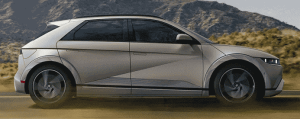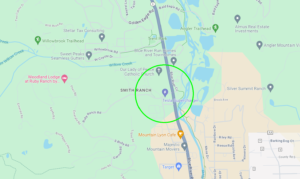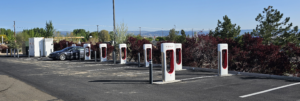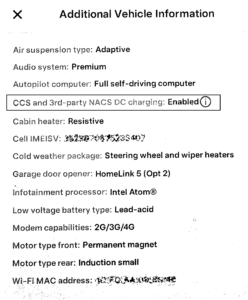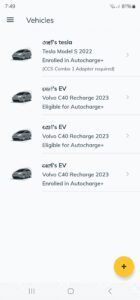
Colorado Public Radio reports that the General Services Administration will be shutting down all of the EV chargers at the Denver Federal Center. This action by the GSA is said to be due to instruction from “the current administration” that directs that “GSA-owned charging stations are not mission-critical”. As seen in the above screen shot from the GSA web site, the Denver Federal Center has 22 EV charging stations at four buildings.
